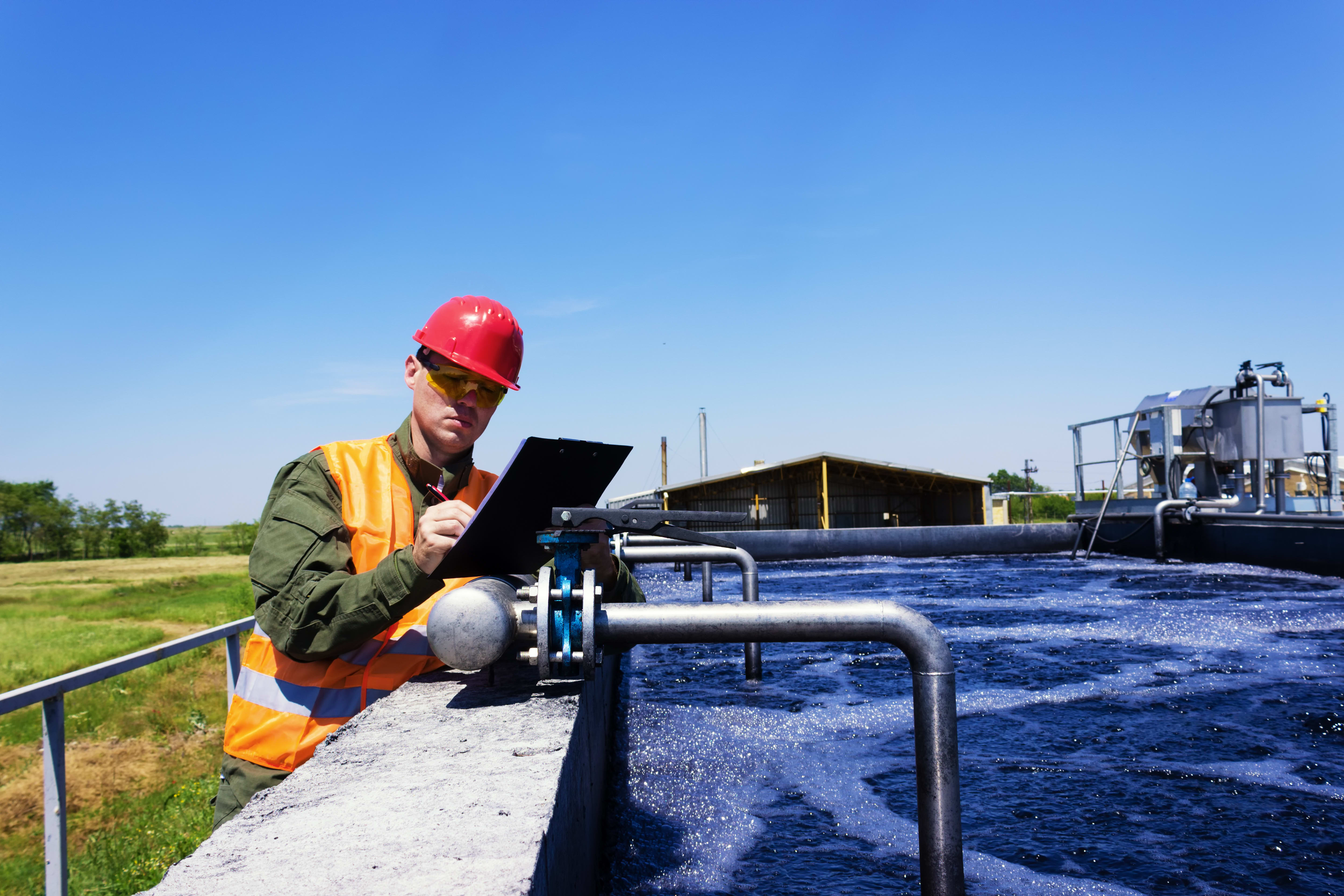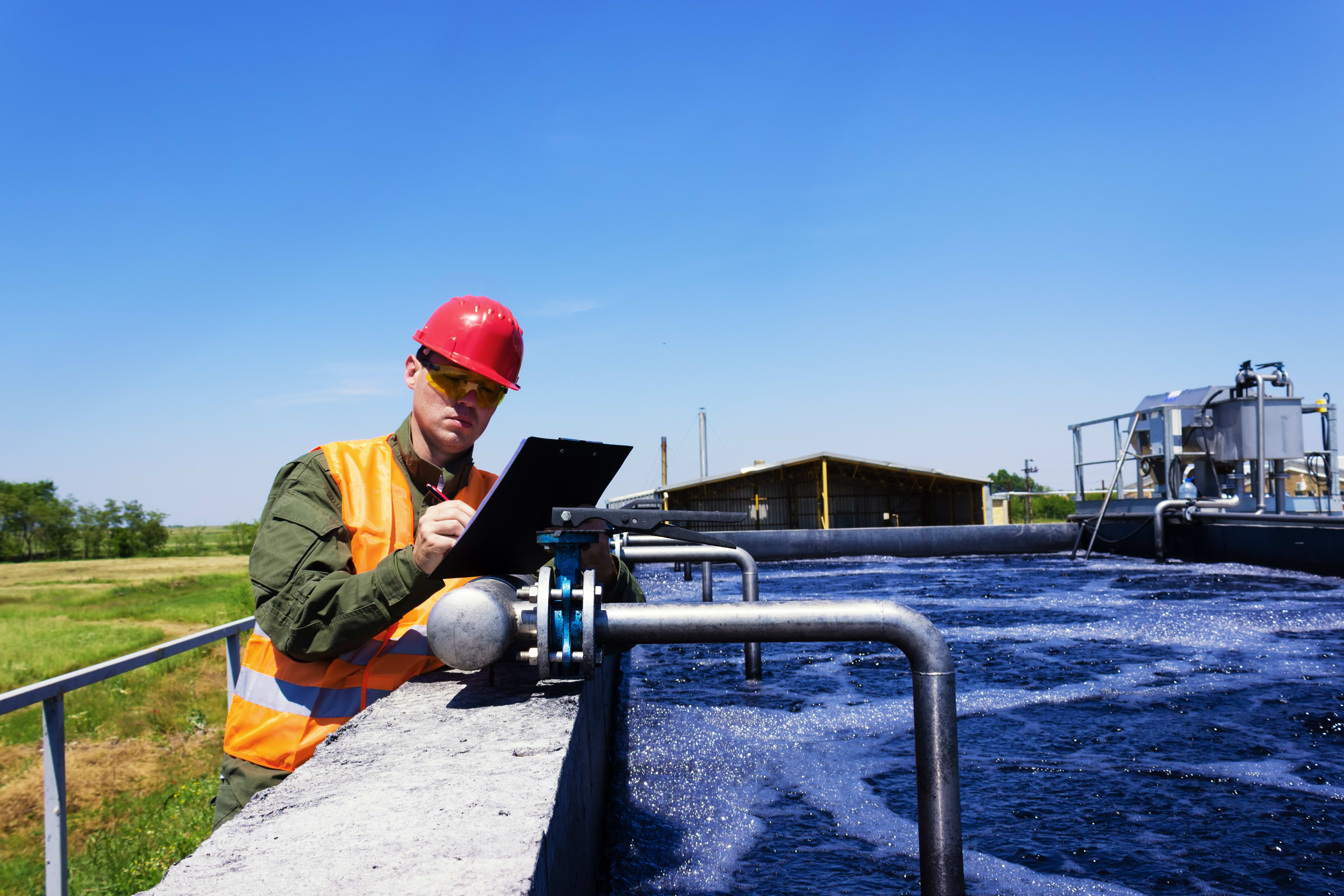
Water management has long been a complex process, requiring the processing of vast amounts of data. However, the emergence of IoT technologies has paved the way for a more efficient and sustainable approach to managing this invaluable resource. As we approach 2024, the impact of IoT on water management is set to be groundbreaking. With features like remote access and asset monitoring, maintenance tasks will be improved, energy will be conserved, and overall efficiency will be enhanced. These transformative changes hold great promise. Here are the seven IoT technologies that you must implement by 2024:

IoT technology revolutionizes water management by enabling remote access and control of water management devices and systems. This advancement allows vendors to save valuable time and resources during commissioning and throughout the installation's lifecycle. By swiftly responding to problems, downtime is reduced, and system availability is increased. In the event of a deviation or malfunction, responsible individuals receive immediate alert notifications on their mobile devices, enabling them to react promptly. This proactive approach leads to significant savings in travel expenses, estimated to be between 30% to 80%. Additionally, remote access enables the identification of the underlying issues before making any on-site visits. It facilitates programming, diagnosis, updates, calibration, and monitoring of control systems and devices within the water plant or system.
With the help of IoT, water systems can be remotely monitored, providing not only control but also predictive maintenance. This advanced feature enables the identification and resolution of issues before they become major problems, resulting in significant energy savings and enhancing the overall efficiency of water management systems.
By leveraging IoT technology, water managers can stay one step ahead, ensuring a smooth operation and optimal performanceof the systems. With remote monitoring, real-time data can be collected and analyzed, allowing for proactive decision-making. This means that potential issues can be detected early on, preventing costly and time-consuming repairs.
Moreover, remote monitoring allows for continuous monitoring of water quality parameters, such as pH levels, turbidity, and conductivity. This ensures that water managers can quickly respond to any deviations or abnormalities, ensuring the delivery of high-quality water to consumers.
In addition, remote monitoring can also provide insights into water usage patterns, allowing for more efficient allocation and conservation of water resources. By analyzing data on consumption patterns and peak usage times, water managers can implement strategies to optimize water distribution and reduce wastage.
Overall, remote monitoring brings numerous benefits to water management systems, including improved efficiency, reduced costs, and enhanced sustainability. By embracing IoT technology, water managers can transform their operations and ensure the reliable and sustainable delivery of water to communities.
One of the transformative trends enabled by the Internet of Things (IoT) is the integration of smart sensors in water management systems. These advanced sensors play a crucial role in collecting comprehensive data about various aspects of water, including its quality, level, pressure, and flow. With the ability to provide real-time updates to operators, these smart sensors empower decision-makers to make quick and well-informed choices. By leveraging this valuable information, the efficiency of water management can be significantly enhanced, leading to better resource allocation and sustainable practices.
The fusion of IoT technology, machine learning, and AI brings forth a formidable force in the realm of data analytics. Water and wastewater machine builders can harness this cutting-edge technology to effectively analyze patterns and trends derived from the vast volumes of data generated by IoT devices. Through this comprehensive analysis, they gain invaluable insights to inform their decision-making processes and develop strategies that optimize operationsand enhance overall efficiency. By embracing the potential of integrated data analytics, these builders unlock a treasure trove of knowledge, driving continuous improvements in their processes and systems.
Machine-to-Machine (M2M) Communication
Machine-to-Machine (M2M) Communication plays a crucial role in water management. It enables seamless interaction between systems without human intervention. This automation not only minimizes the risk of human error but also enhances operational efficiency by streamlining processes and facilitating real-timedata exchange among devices and systems. Modern ethernet-based industrial networks facilitate information exchange between machines, while industrial gateways handle protocol translation or network segmentation when necessary. By harnessing the power of M2M communication, water management systems can achieve improved monitoring, control, and optimization, leading to more sustainable and effective water resource management practices.
Smart metering is another crucial application of IoT in water management. These intelligent meters play a pivotal role by providing accurate and real-time data on water usage. They enable the detection of leaks, reduce water waste, and promote efficient water consumption. By continuously monitoring water usage patterns, smart meters allow proactive measures to be taken in identifying and addressing potential issues, ultimately leading to improved water management practices. With their ability to transmit dataremotely, smart meters offer convenience and accessibility, making it easier for both consumers and utility companies to effectively track and manage water consumption. Embracing smart metering technology not only enhances water conservation efforts but also contributes to overall sustainability and resource optimization in the realm of water management.
IoT technology brings numerous benefits to water management systems, but it also introduces security challenges. To address these risks, a combination of cyber and physical measures can be employed. Implementing a multi-faceted protection strategy entails leveraging varioustechnologies and systems to mitigate potential threats and ensure the security of the system. Popular products and technologies used to safeguard Water &Wastewater plants include firewalls for traffic control, Intrusion Detection Systems to identify unauthorized access attempts, Access Control systems to govern resource usage, secure VPN routers for remote access, and network traffic monitoring systems, among others. Additionally, the use of tools such as SIEM (Security Information and Event Management) provides comprehensive network visibility and facilitates data collection, analysis, and correlation from ICS for early detection. However, technology alone cannot ensure organizational security. The 3 P's – Products, People, and Policies – must be considered. Products should be deployed effectively, regularly updated, and used in conjunction with enforced policies such as password policies, secure file sharing, patching, system hardening, Cybersecurity Incident Response Plan, and disaster recovery systems. Moreover, focusing on people is crucial, involving the implementation of an Employee Cybersecurity Training Program and fostering a cybersecurity culture within the organization. Policies must also be regularly reviewed and updated as technologies advance and potential risks evolve. This includes conducting regular risk assessments, establishing incident response plans, and performing audits to ensure compliance with industry regulations and standards.
These advancements suggest a future where water management is more efficient, sustainable, and streamlined. It is a transformative time for water and wastewater machine builders, industrial automation experts, and indeed the entire sector. As technology progresses, so will the strategies and solutions for managing water resources. The future of water management looks bright, thanks to IoT technologies.